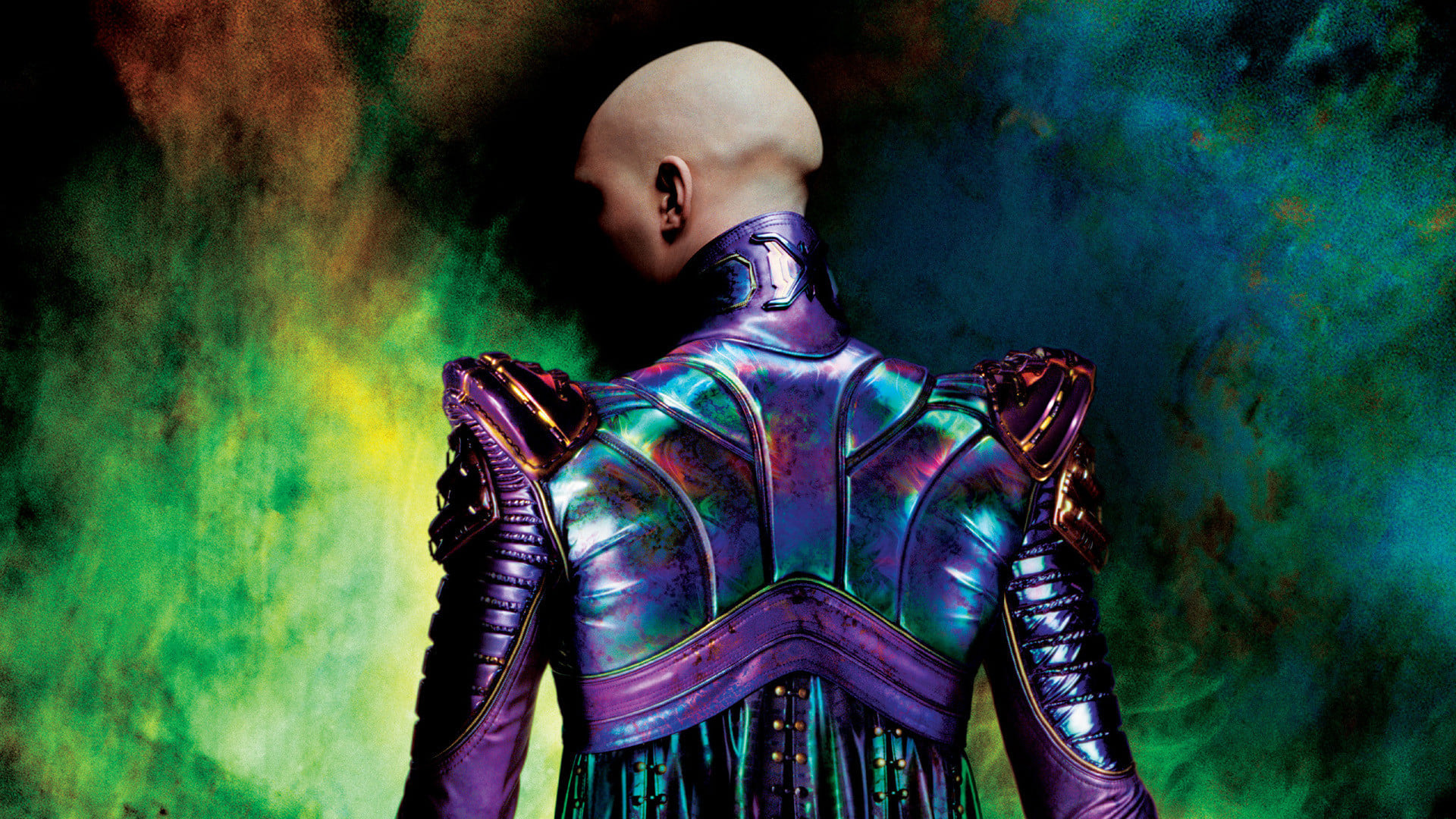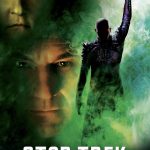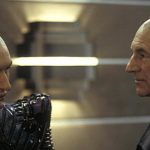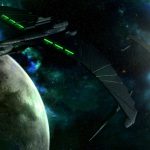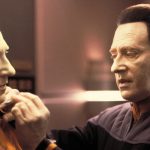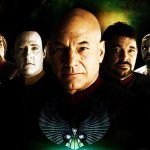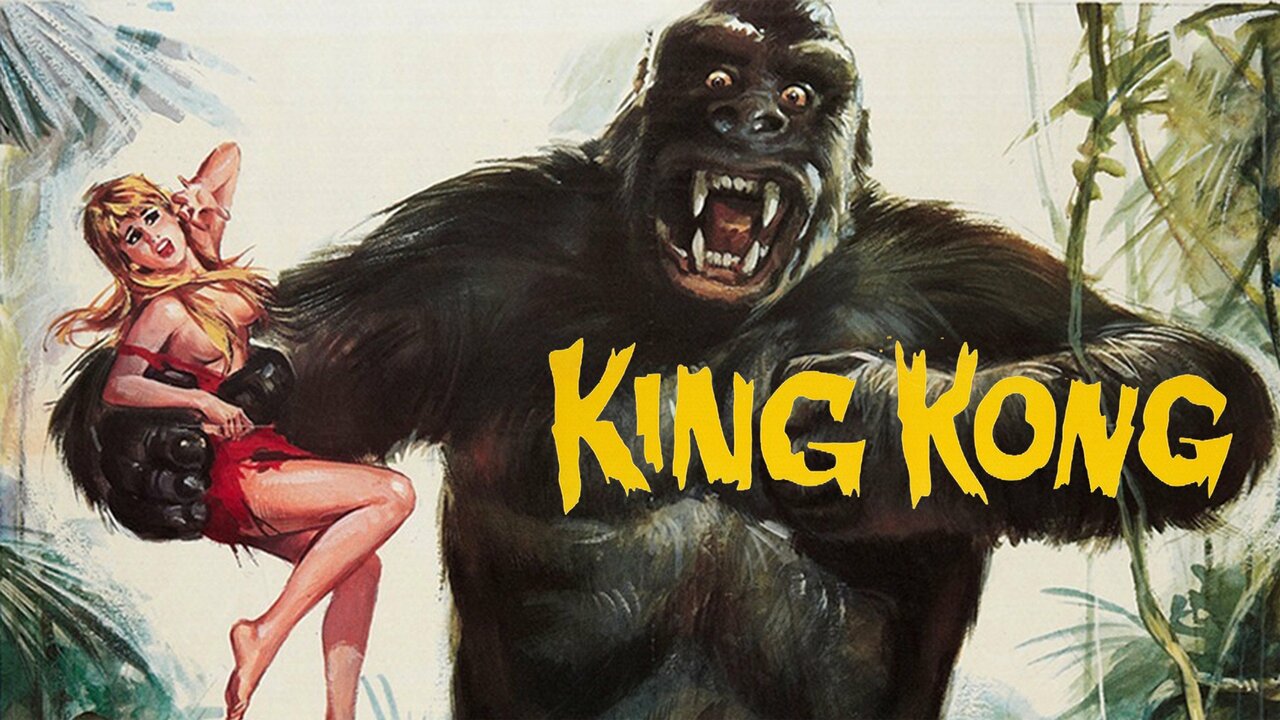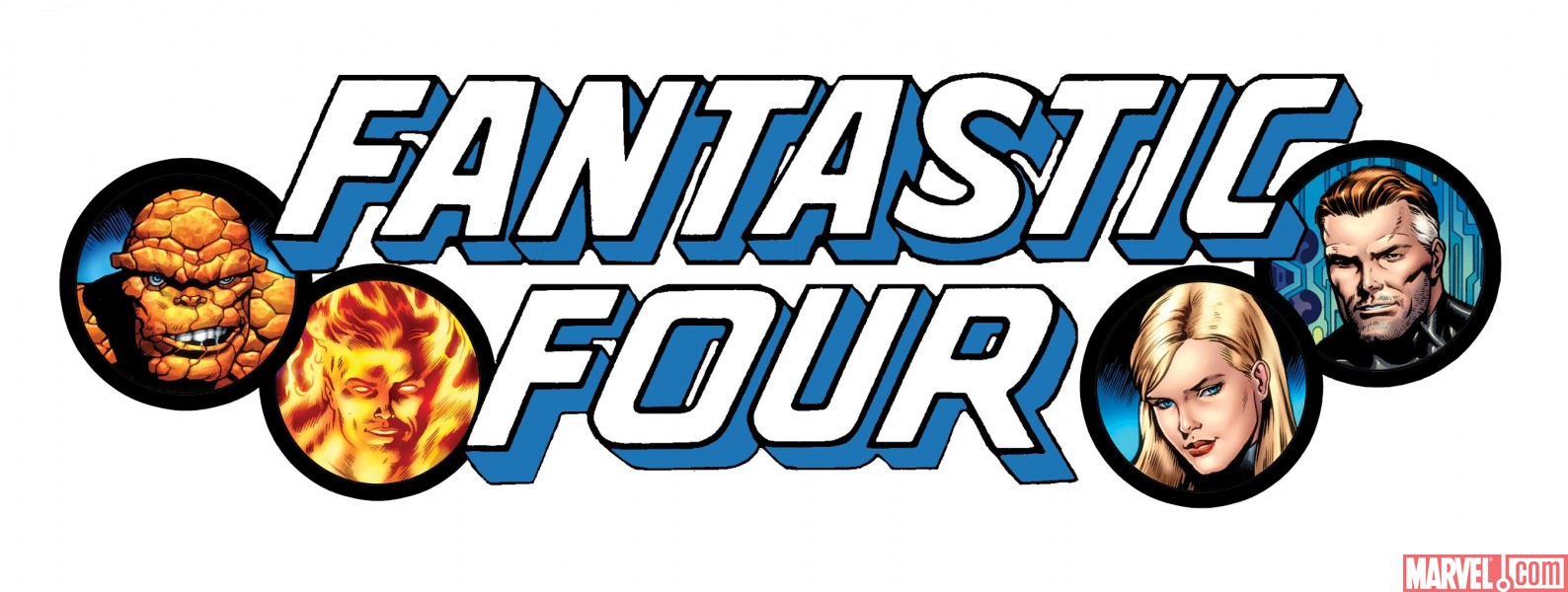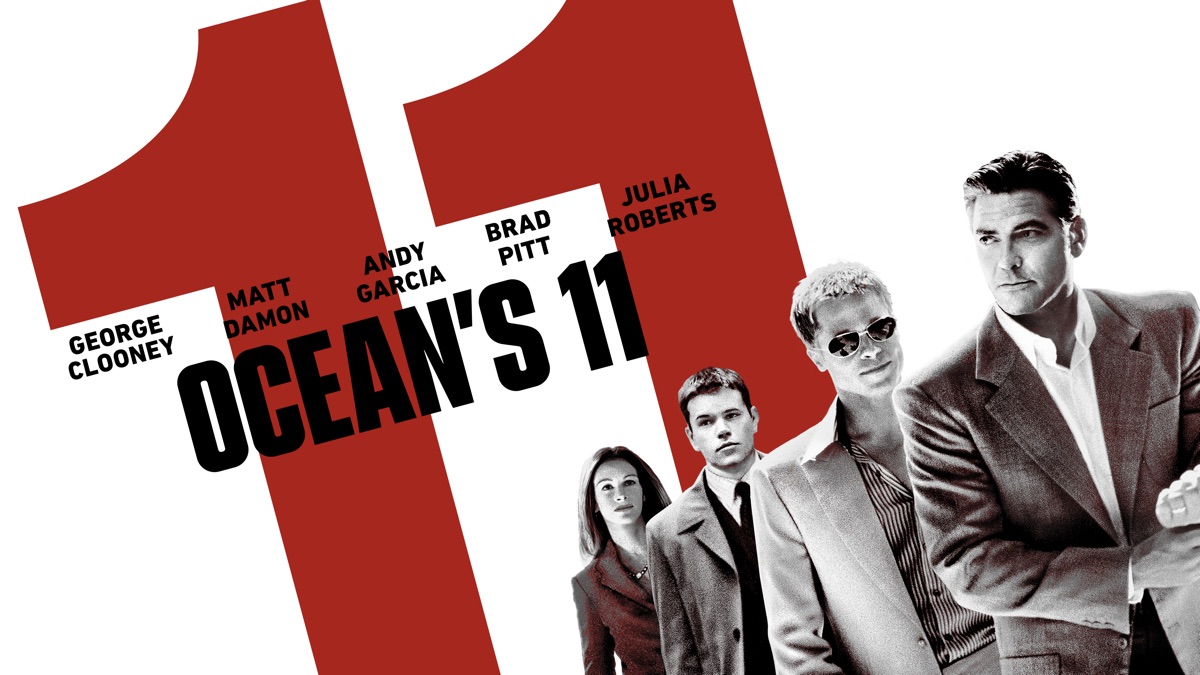Overview
En route to the honeymoon of William Riker to Deanna Troi on her home planet of Betazed, Captain Jean-Luc Picard and the crew of the U.S.S. Enterprise receives word from Starfleet that a coup has resulted in the installation of a new Romulan political leader, Shinzon, who claims to seek peace with the human-backed United Federation of Planets. Once in enemy territory, the captain and his crew make a startling discovery: Shinzon is human, a slave from the Romulan sister planet of Remus, and has a secret, shocking relationship to Picard himself.
Released in 2002, my impression of Nemesis when it was released was ultimately one of disappointment. Since first viewing over a decade ago, I have never bothered to revisit the film through the years, so my memory of it was just that it was a poor film that effectively killed the franchise. But was this a fair assessment? Re-watching the films has given me a chance to evaluate it alongside its peers, and see whether it deserves the derision piled upon it. The following review includes segments taken from my early review from a decade ago.
Promoted as the final journey (much to the surprise of the cast according to interviews), and an even numbered Trek film (all the good films are even), this is a film that had huge expectations. Living up to them is another matter entirely. Unfortunately, it doesn’t quite cut the mustard!
The story is simple Trek. Romulus has a new Praetor (ruler), named Shinzon. Shinzon is a clone of Picard. He contacts the federation to talk peace. He really wants war. Basic Trek stuff, with no major surprises. Within the first 10 mins any fan of the show will know what will happen right down to the final pay-off. But, hey, First Contact was much the same, yet turned out to be one of the best films in the series. Well, this one lets itself down by having too many inconsistencies in the plot, and acting which is too formulaic, as though the cast are all bored of it all and are just working on autopilot…much like Star Trek Voyager felt after series 3. Speaking of which, Janeway makes a pointless cameo for all of 55 seconds.
On review of the film now I do feel I was maybe a slight bit unfair in the criticism of the cast. It is more a case that, once again, Picard and Data have a lot to do, whilst everyone else acts as support for them. There are nice touches, such as the wedding of Riker and Troi (watch out for a small background cameo for Wil Wheaton as Wesley), and Troi gets a few standout moments in addition, and is a fully functioning crew member now, but in the main, for a final outing for the crew many of them don’t get chance to do much. Shinzon, the clone of Picard who provides the menace for the film, is played by a young Tom Hardy who seems to be under the impression that he is playing a young Richard O’Brian, adopting a pompous accent, rather than emulating Patrick Stewarts ‘Grand’ approach to the role. He also fails to adopt any of Picard’s mannerisms, whilst the different looks are flippantly explained away by saying they are the result of torture.
Bad points aside, what actually works in this film is the sets and effects. The interiors of the vessels are as wondrous as we have come to expect from Trek. Detailed, dark, fabulous. All three words are inadequate to describe the set design on the franchise. On top of that, the FX shots of the ships, in particular Shinzon’s massive craft, are jaw dropping. I was surprised at how well the FX work stand up today. Shinzon’s craft is, as mentioned, a fabulous piece of design, and the sequence in which it attacks Enterprise mid-warp is a thrill to behold. Nemesis is a good-looking film, with great costumes, set design, and effects work patching over the rather feeble script. Add to that the appearance of the Remans (the brother race of the Romulans), and there is enough in here to appease the fan-base. Unfortunately, that is all it will please. Whereas First Contact managed to break the techno-babble mould and became a horror in space, Nemesis is very much Trek, and relies on prior knowledge of the shows to grasp the politics of the story. This is very true. It is a very ‘Trek’ filled entry to the series, and right from the offset assumes you know and love these characters already. Nods and winks to relationships and episodes serve to alienate the casual viewer.
The soundtrack is Trek-by-numbers, with hints of themes from all the previous films mixed in for good measure, but isn’t stirring. One notable scene, with high action, has barely any music backdrop. It does seem that Goldsmith, by this point, has just become a bit wary of the repetition he places in the cues, and has done for many outings now, leading to one of his less impressive scores. There are still a few nice cues, but nothing which really stirs the soul.
On the point of (director) Stuart Baird, he has never worked on Star Trek before, and admits to never really watching any of it. He had to be told throughout the shoot what things were Trek, and what weren’t. My question is why did they choose someone who didn’t have a clue about Trek to do what was expected to be the best Trek in years. The result is a film with a story only a Trek fan would love, but direction which Trek fans will hate. It is interesting that Baird was only following the footsteps of directors such as Meyer, who didn’t really know the show, but whereas they simply carried on and tried to just make a good film, Baird sought advice on what the fans would expect, which is perhaps the stumbling point. The film ended up being very Trek imbued, maybe too much so, in an attempt to please fans who wanted closure to the franchise.
Not a complete failure, it is better than Final Frontier, however, it is not a match on any of the other films.
